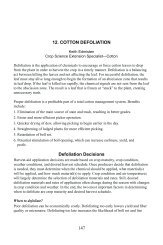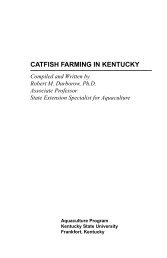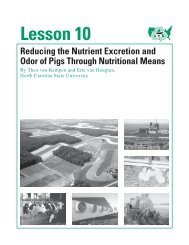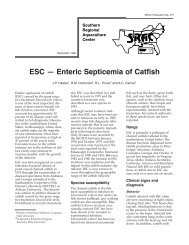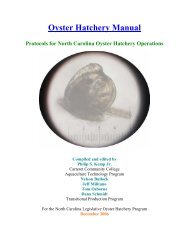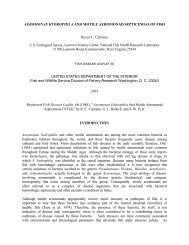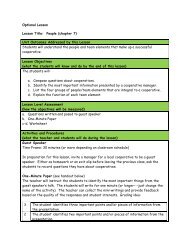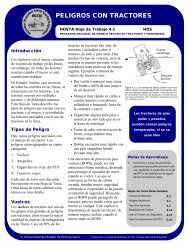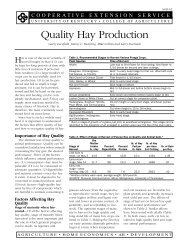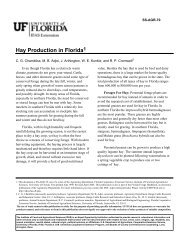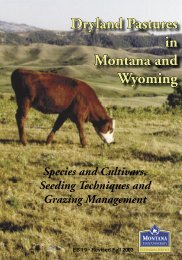Recognizing the Good Bugs in Cotton - Texas Is Cotton Country ...
Recognizing the Good Bugs in Cotton - Texas Is Cotton Country ...
Recognizing the Good Bugs in Cotton - Texas Is Cotton Country ...
You also want an ePaper? Increase the reach of your titles
YUMPU automatically turns print PDFs into web optimized ePapers that Google loves.
Jump<strong>in</strong>g<br />
Spiders<br />
Family: Salticidae<br />
Characteristics: Jump<strong>in</strong>g spiders have compact,<br />
rectangular bodies with short, powerful<br />
legs. Their eyes are organized <strong>in</strong>to three rows.<br />
The front portion of <strong>the</strong>ir body is as large or<br />
larger than <strong>the</strong> rear portion (abdomen). They<br />
range <strong>in</strong> size from 1/8 to 1/2 <strong>in</strong>ch. Color is<br />
highly variable depend<strong>in</strong>g upon species. Some<br />
species have bright iridescent scales that give<br />
<strong>the</strong>m a metallic green or purplish appearance.<br />
A commonly seen species, Phidippus audax,<br />
is a large, black and hairy spider with a large<br />
white spot on its back. All jump<strong>in</strong>g spiders<br />
have large eyes that provide excellent eyesight<br />
for visually locat<strong>in</strong>g and pursu<strong>in</strong>g prey. True<br />
to <strong>the</strong>ir name, <strong>the</strong>y quickly jump when disturbed<br />
or when attack<strong>in</strong>g prey. Jump<strong>in</strong>g spiders<br />
are found throughout <strong>the</strong> <strong>Cotton</strong> Belt.<br />
Prey: Jump<strong>in</strong>g spiders feed on a wide variety<br />
of pest <strong>in</strong>sects and occasionally beneficial<br />
<strong>in</strong>sects. Adults can capture large caterpillars<br />
and boll weevil adults and are important<br />
predators of fleahoppers. Jump<strong>in</strong>g spiders will<br />
also feed on moth eggs.<br />
General Biology: Jump<strong>in</strong>g spiders have excellent<br />
eyesight which <strong>the</strong>y use to stalk and capture<br />
<strong>the</strong>ir prey with a sudden pounce.<br />
Females place <strong>the</strong>ir egg sacks <strong>in</strong>side nests of<br />
silk and rema<strong>in</strong> with <strong>the</strong>m until <strong>the</strong> spiderl<strong>in</strong>gs<br />
hatch and disperse. One generation is<br />
completed each year.<br />
28




